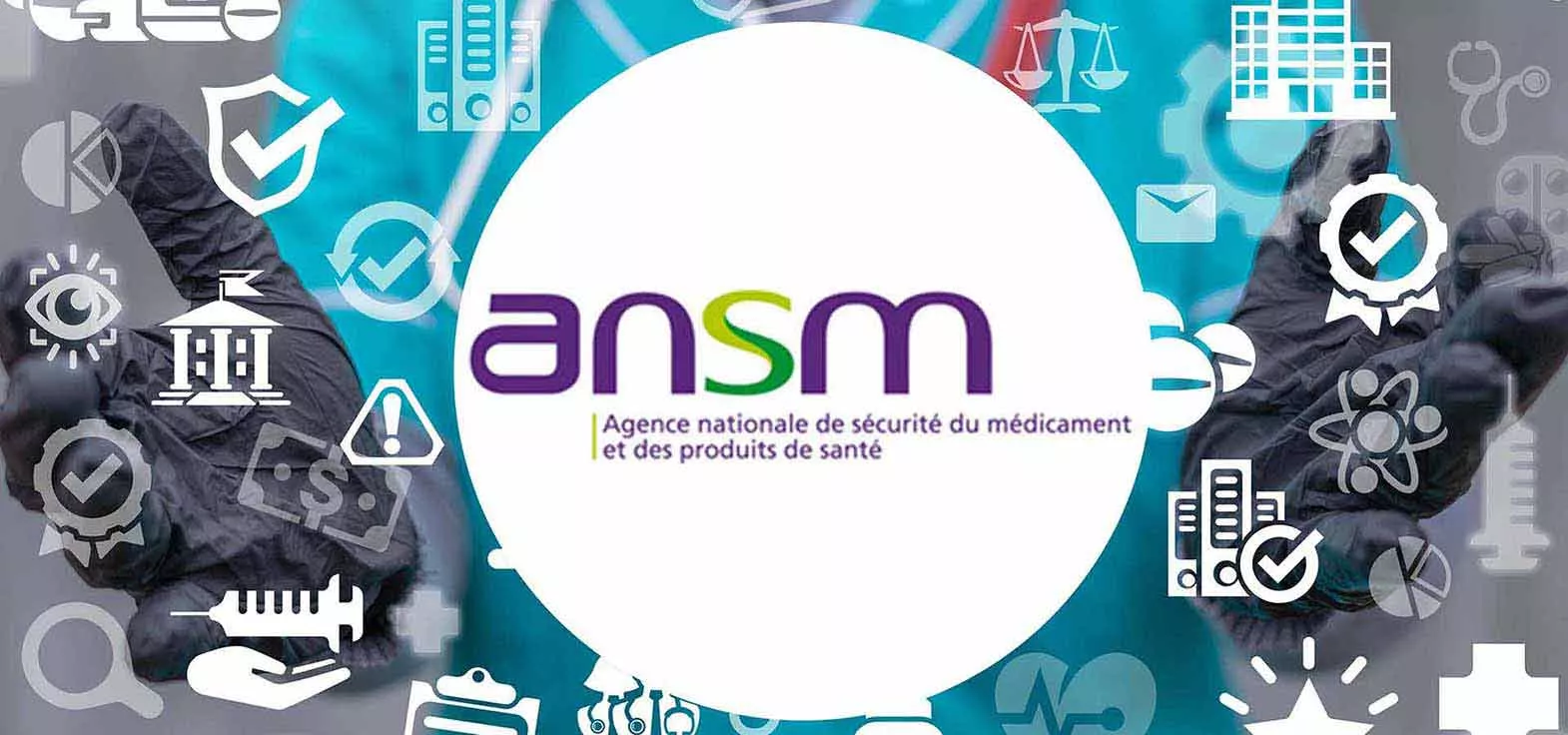Definition
French guidelines on good pharmacovigilance practices from the French national agency for medicines and health products safety (ANSM) describe a pharmacovigilance survey as an evaluation or assessment of work regarding the risk of an adverse drug reaction in the context of a potential or valid signal or to provide strengthened monitoring of the risk profile of a drug.
To achieve this, a review of all available pharmacovigilance data must be performed.
The need to conduct a survey
The 31 Regional Pharmacovigilance Centers (RPC) spread across France conduct the survey upon a request from the ANSM. The request for a survey is made to confirm a potential signal, characterize a confirmed signal, or to monitor the risk profile of a drug. The survey may be purely at the national level or part of a European survey.
Since pharmaceutical companies may be requested to provide an analysis report of all their drug safety data within a defined category, they must be ready to respond to health authority requests.
The appointed RPC assesses all the data collected and, if needed, presents a final report to ANSM for discussion during a monthly committee meeting.
Examples
There have been a wide variety of national pharmacovigilance surveys conducted to improve knowledge and monitoring for a potential/identified signal, a confirmed signal, or a known risk. Examples include:
- Side effects related to levothyroxine-containing products – March 2017
- Addictovigilance survey for all pregabalin-containing products – December 2018
- State of knowledge on the risks associated with the use of antiemetics during pregnancy: pregnancy data requested for domperidone – December 2019
Final purpose and discussion
Given the increased emphasis on patient safety and the potential for signals to come from many different sources, it’s important to accurately assess signals and potential risk to ensure the early identification of any safety issues.
A pharmacovigilance survey conducted across the regional centers enables centralized evaluation and is an efficient way to detect or validate signals and, if needed, to take prompt regulatory measures. One or several actions can be taken during the survey, such as :
- Survey extensions
- Regulatory actions or investigation with possible intervention by European authorities
- Change to the Product Information
- National communications
- Additional monitoring
The appropriate measures are aimed at preventing, reducing, or eliminating the risk(s) a medicinal product poses to patients.
A pharmacovigilance survey is an efficient tool that should be fully integrated into the safety assessment process, with the aim of ensuring the benefits from the medicine outweigh the risks.
Sources
Bonnes pratiques de pharmacovigilance – ANSM (sante.fr)
The French pharmacovigilance surveys: A French distinctiveness, a real input – PubMed (nih.gov)

